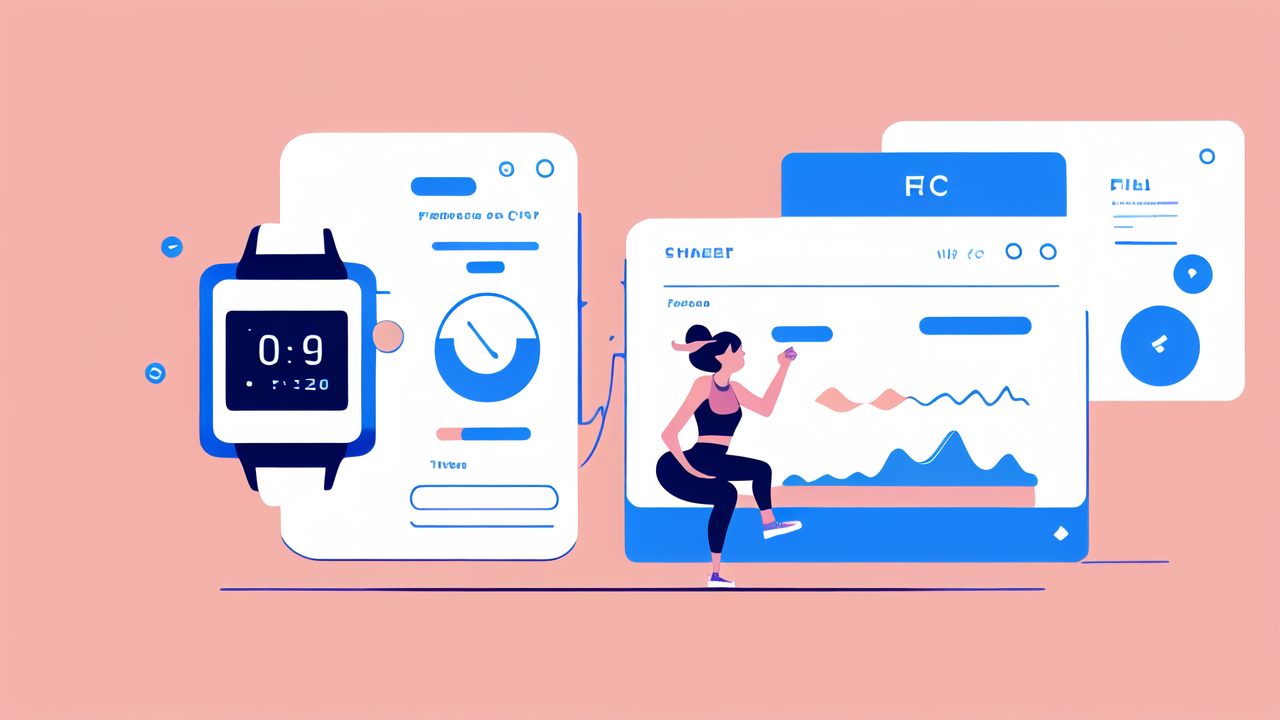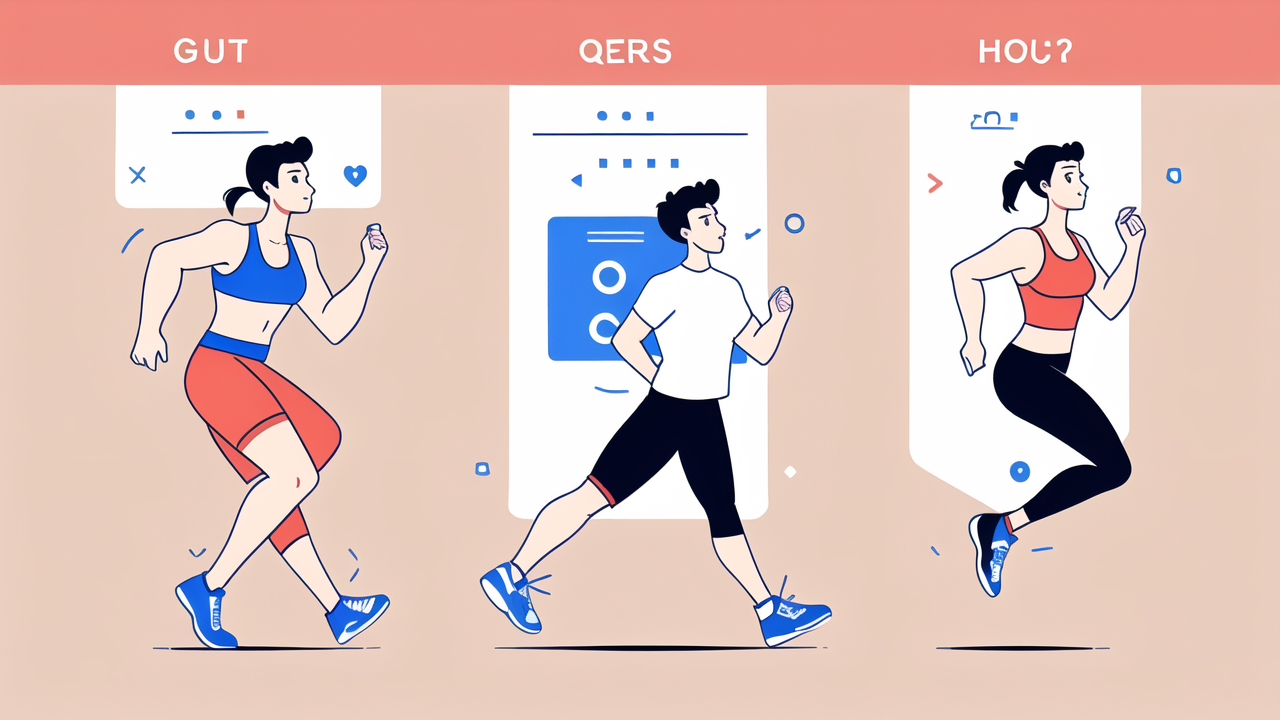The Importance of Body Measurement Tracking for Fitness Enthusiasts
Understanding the Role of Body Measurement Trackers in Exercise and Wellness
Body measurement trackers are key tools for fitness enthusiasts. They help users monitor progress and stay motivated. These devices track various metrics, providing insights into overall health and fitness.

Trackers offer real-time data on physical activity, heart rate, and sleep patterns. This info helps users make informed decisions about their fitness routines. By tracking progress, people can set realistic goals and adjust their workouts as needed.
Many trackers also offer features like GPS tracking and workout suggestions. These tools can enhance training sessions and improve overall performance. With constant feedback, users can stay accountable and motivated to reach their fitness goals.
Key Metrics to Monitor for Improved Athletic Performance
To boost athletic performance, it's crucial to track specific metrics. These key indicators can guide training and recovery efforts. Here are some essential metrics to monitor:
- Heart Rate: Helps gauge workout intensity and recovery time
- Steps: Tracks daily activity levels and movement
- Sleep Quality: Impacts recovery and overall performance
- Calories Burned: Aids in managing energy balance
- VO2 Max: Measures cardiovascular fitness
- Recovery Time: Helps prevent overtraining and injury
By focusing on these metrics, athletes can fine-tune their training. They can identify areas for improvement and track progress over time. This data-driven approach can lead to better performance and reduced risk of injury.
Evaluating Top Sports Watches: FILA vs. Smart Watches
Features That Distinguish FILA Body Measurement Trackers
FILA body measurement trackers offer unique features that set them apart. These devices focus on simplicity and affordability. They provide essential tracking without overwhelming users with complex data.

FILA trackers often have longer battery life compared to smart watches. This means less charging and more continuous tracking. They also tend to be more durable, making them ideal for rugged outdoor activities.
Many FILA trackers are water-resistant, allowing for use during swimming or in rainy conditions. They often have larger, easy-to-read displays, which is helpful during intense workouts. Some models also offer specialized features for specific sports, like golf or tennis.
Comparing the Cost-Benefit of FILA vs. Smart Watches
When choosing between FILA trackers and smart watches, cost is a key factor. FILA devices are generally more affordable, making them accessible to a wider range of users. They offer good value for those focused mainly on fitness tracking.
Smart watches, while pricier, offer more features beyond fitness tracking. These include phone notifications, music control, and contactless payments. However, these extra features can be distracting for some users during workouts.
FILA trackers excel in battery life and durability. Smart watches often need daily charging and may be more fragile. For pure fitness tracking, FILA devices offer a more focused and cost-effective solution.
However, smart watches provide a more comprehensive health picture. They often include advanced sensors for metrics like blood oxygen levels. This can be valuable for users with specific health concerns.
Best Practices for Using FILA and Smart Watches in Sports Training
Integrating FILA Trackers into an Athletic Training Regimen
To get the most out of FILA trackers in sports training, follow these best practices:

- Set clear goals: Use the tracker to set and monitor specific fitness targets.
- Consistently wear the device: Regular use provides more accurate data over time.
- Sync data regularly: Keep your fitness app updated for better progress tracking.
- Use sport-specific modes: Many FILA trackers offer modes for different activities.
- Monitor recovery: Pay attention to sleep and rest data to prevent overtraining.
- Adjust based on data: Use the insights to fine-tune your training intensity and duration.
FILA trackers are great for focusing on core fitness metrics. They help users stay on track without getting bogged down in excess data. By following these practices, athletes can enhance their training and reach their goals more effectively.
Maximizing the Benefits of Smart Watch Tracking for Sports
Smart watches offer advanced features that can greatly benefit sports training. Here's how to make the most of them:
- Customize your dashboard: Set up your watch face to display the most relevant metrics.
- Use GPS features: Track outdoor activities accurately for better performance analysis.
- Leverage heart rate zones: Train more efficiently by staying in the right intensity range.
- Explore advanced metrics: Utilize VO2 max and recovery time data for optimal training.
- Connect with fitness apps: Sync your watch with apps for a more comprehensive view of your health.
- Use smart notifications wisely: Set up alerts for hydration or rest periods during long workouts.
- Take advantage of coaching features: Many smart watches offer guided workouts and training plans.
Smart watches provide a wealth of data and features. By using these tools effectively, athletes can gain deeper insights into their performance. This can lead to more targeted training and better overall results.
In conclusion, both FILA trackers and smart watches have their place in sports training. FILA devices offer simplicity and focus, while smart watches provide more comprehensive data. Choose the option that best fits your needs and budget. Remember, the most important factor is consistently using the device to track and improve your fitness journey.




Leave a comment
This site is protected by hCaptcha and the hCaptcha Privacy Policy and Terms of Service apply.